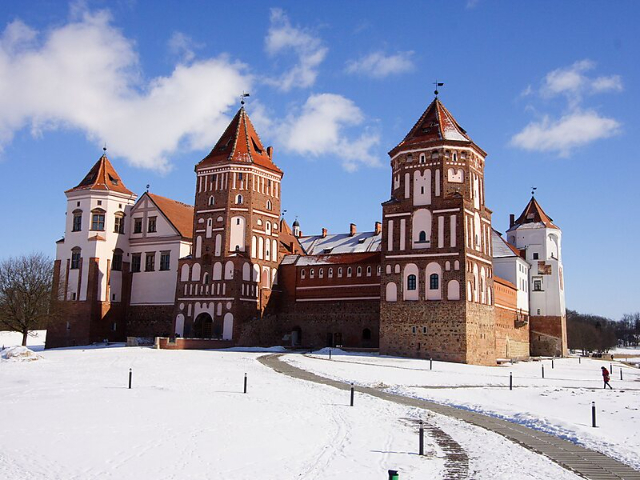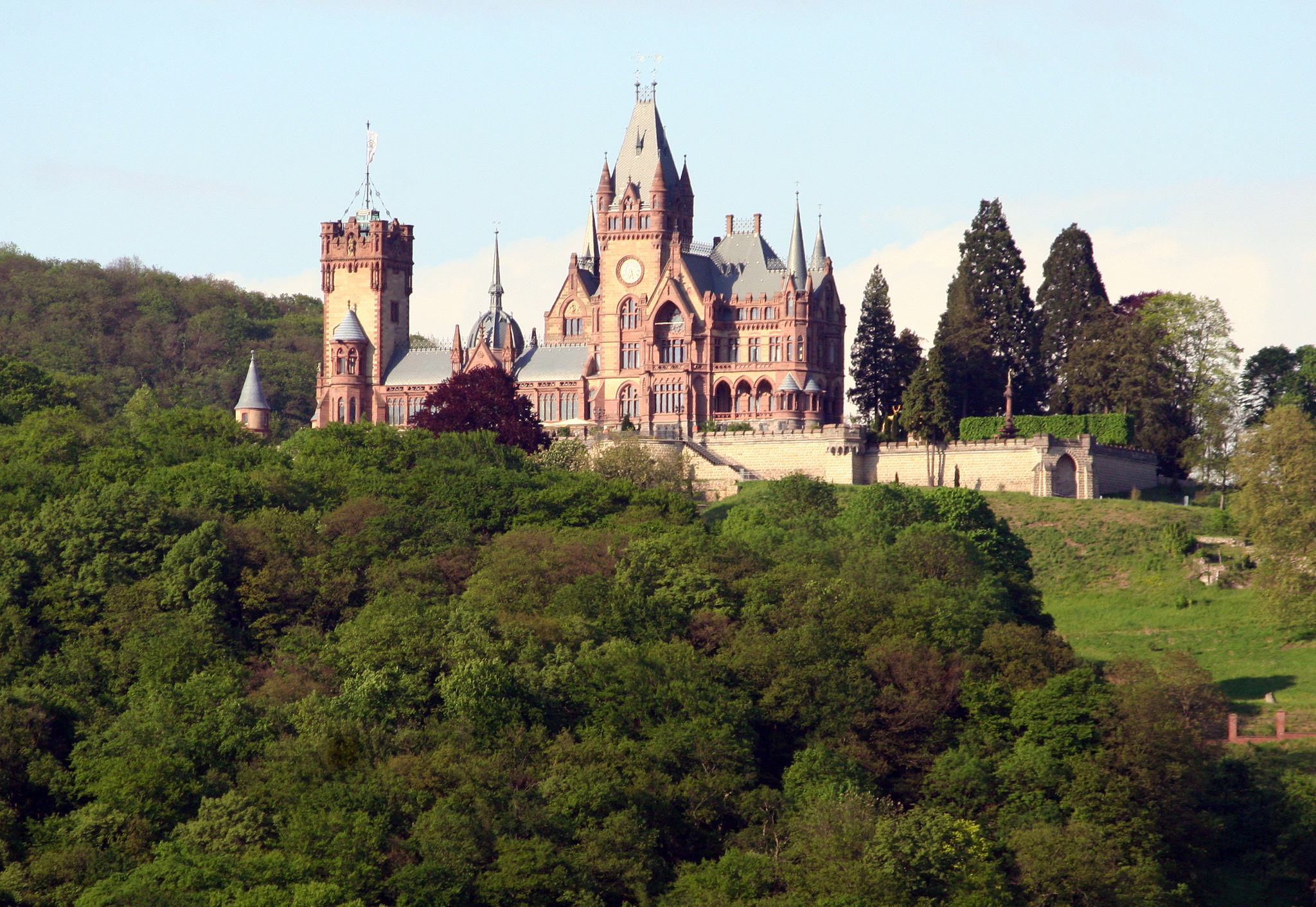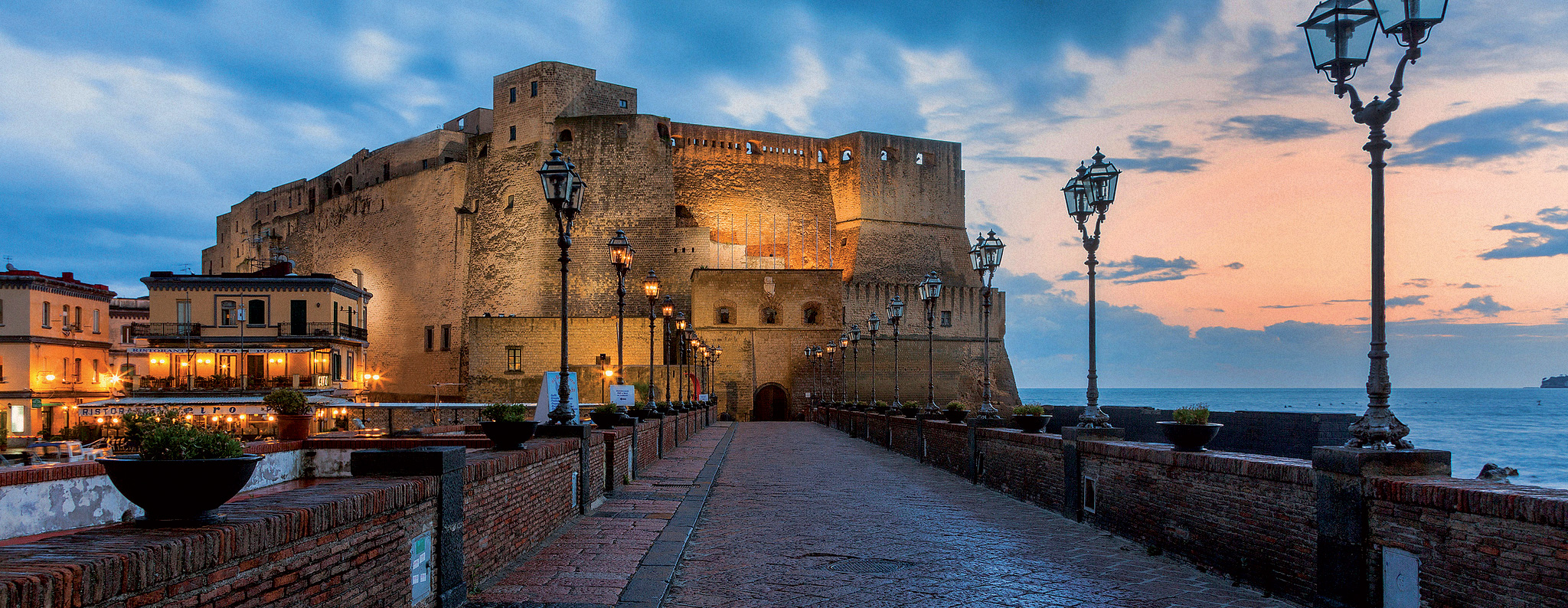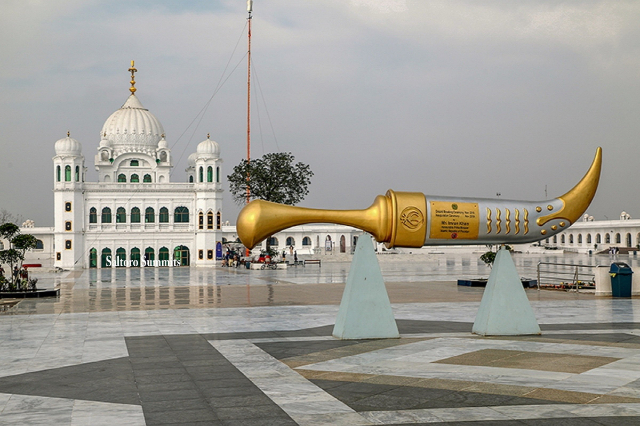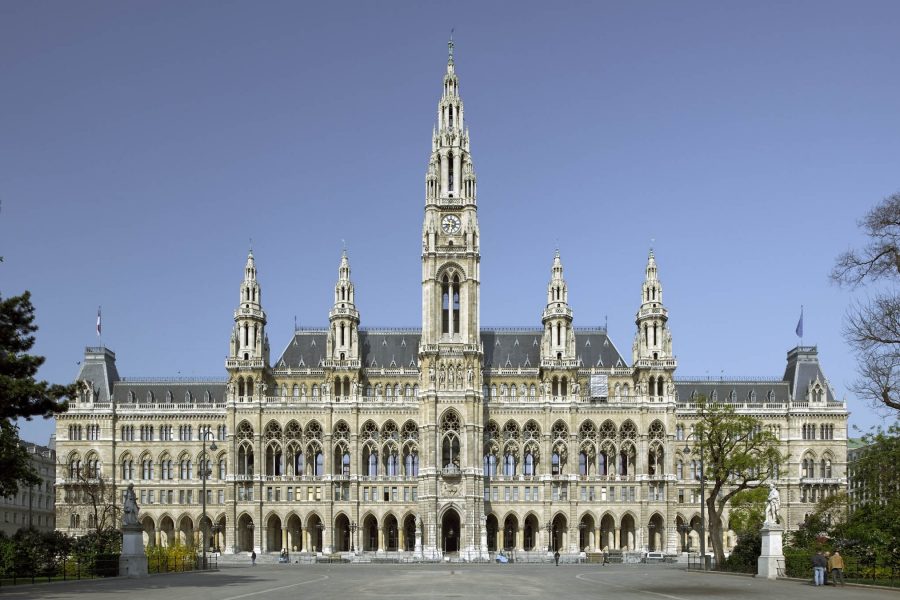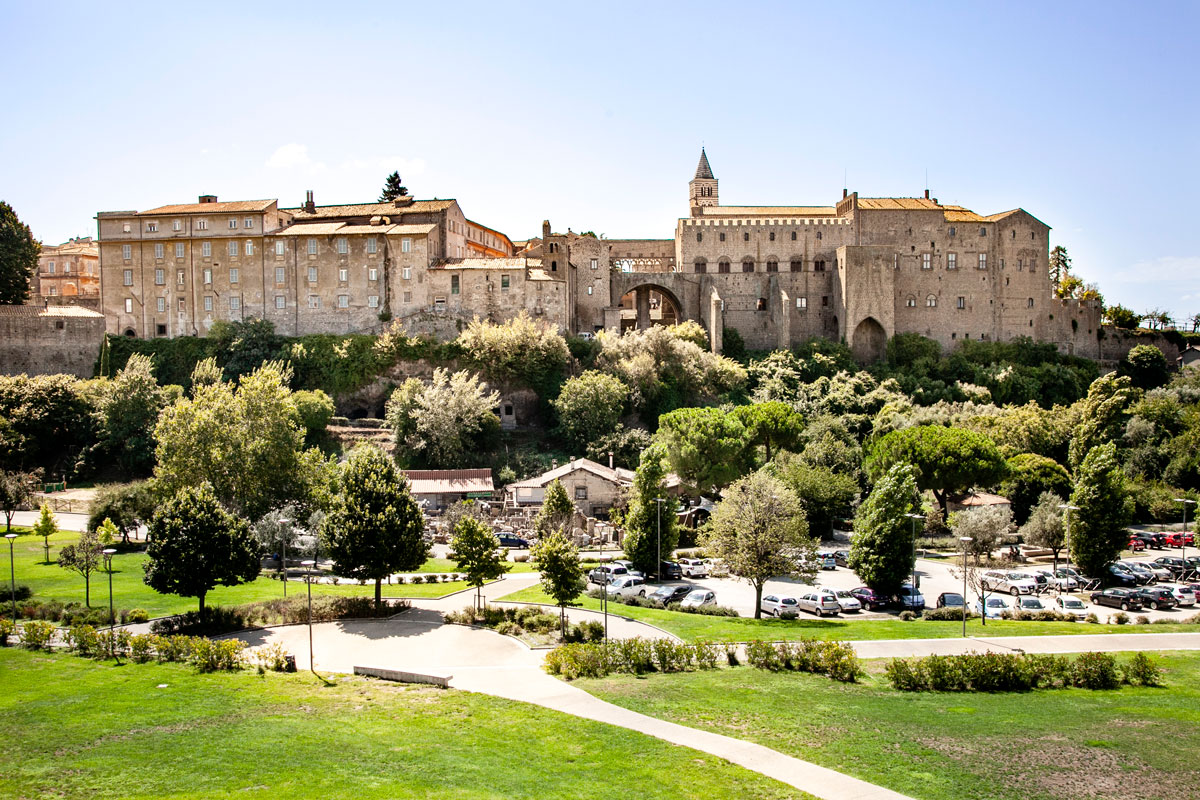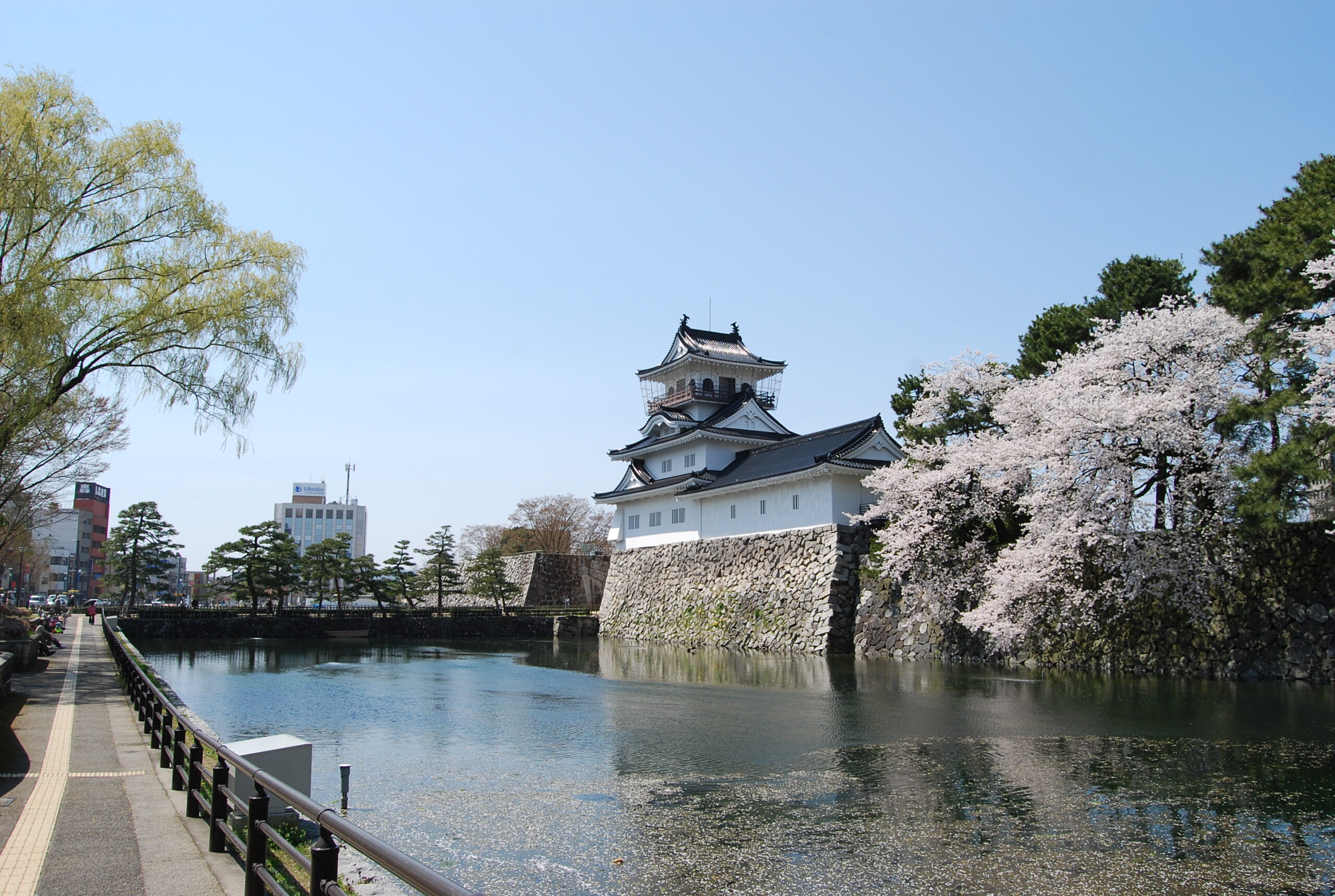Grodno Castle is located at the top of Choina Heights (450 m), above the Bystrzyca Valley (the waters of the Bystrzyca Reservoir are currently under the castle). It probably originally served to control the route from Silesia to Bohemia. The first mention of the castle dates back to 1315. In the 14th century, during the reign of Prince Bolek II, the fortress was strengthened and became the property of the Schoffów family. Occasionally, the castle became the residence of Princess Agnes, the widow of Bolko II The next owners, from the 15th century (unfortunately some of them brigands), were Mühlher, Czetritz, Hobergow and Lugau. The Lagau family in the years 1545-1587 restored the castle, following Renaissance canons. The rich portals with well-preserved carvings can be admired.
In 1599, the castle passed to Michael the Brave of Moldavia, who could not settle there because of the war he lost, which was the cause of his death in 1601. During the Thirty Years’ War Swedish troops sacked the castle, in 1680 it was besieged by rebellious peasants from nearby villages, and in 1689, it was destroyed by fire. By 1774, it suffered partial collapse. In the years 1823-1829, on the initiative of the famous historian Johan G. Büsching it was restored. In the second half of the 19th century, further renovations were carried out. Engravings were renewed and a restaurant was opened. Later owners (Zedlitz), pushed by local tourist organizations, allowed tourists to visit it. After 1945 the castle was nationalized and the old name Kynsburg was changed to Grodno. For several decades it remained under the management of the Polish Tourism Association. Since 2009, the castle has been managed by the Walim municipality.
The stone fortress, was built on an irregular plan, elongated and adapted to the conditions of the terrain. The complex of buildings, where a tall tower stands (hence the magnificent view of the surrounding area), consists of the upper palace, the three-winged building with the courtyard, and the lower castle. The courtyard is surrounded by the walls with towers and a building-whose gate is with rich and spectacular carvings. They refer to the Bohemian artistic style at the time of Emperor Rudolf II. Part of the castle museum (the tour can be guided) consists of a modest collection of paintings, furniture (copies) and pieces of handicrafts (mainly weapons) and siege machines. Surrounding the castle is a small nature reserve called "Choina Mountain"[Góra Choina]. The castle cannot be reached by car; the road is stony. However, the path is marked in green. On foot it can be reached in 15 min.
